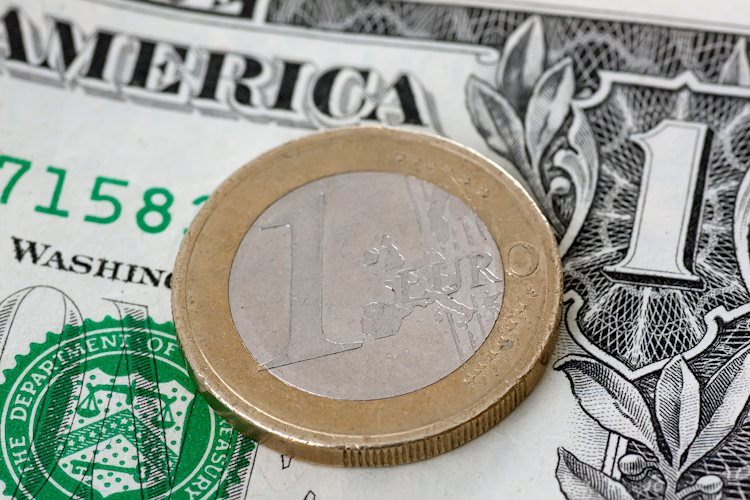EUR/USD is currently trading close to an 11-week low as traders brace for the European Central Bank (ECB) to cut interest rates once again in the December meeting to address growing risks to Eurozone economic growth and inflationary pressures. This would mark the fourth interest rate cut by the ECB this year as concerns persist about weak household spending and limited price increases at factory gates.
The Euro remains on a backfoot as investors await ECB President Christine Lagarde’s remarks on the interest rate outlook. Recent comments from ECB policymakers have indicated a belief that the disinflation trend is still intact, although more evidence is needed to declare victory over inflation. Meanwhile, there are expectations that interest rates could fall below the ‘natural level’ of 2-3% if disinflation persists.
On the other hand, the US Dollar has been strengthening, driven by jitters over the upcoming US presidential election, where polls are indicating a close race between Donald Trump and Kamala Harrish. A victory for Trump could result in higher import tariffs and lower taxes, potentially prompting the Federal Reserve (Fed) to raise interest rates further. However, the Fed is expected to cut interest rates by 25 basis points in November and December, following a more moderate policy-easing cycle.
Investors are closely watching US economic data, including the Nonfarm Payrolls, ISM Services PMI, and Retail Sales data for September, which have shown resilience in the economic outlook. Moreover, the Fed officials see a gradual rate-cut path as appropriate, leading to more confidence in the US economic resilience. This week, the preliminary S&P Global Purchasing Managers Index (PMI) data for October will be released, which will provide further insights into the economic performance.
In terms of technical analysis, EUR/USD is struggling to hold the immediate support of 1.0800 and remains uncertain as it trades below the 200-day Exponential Moving Average (EMA). The currency pair broke down from a Double Top formation near the September 11 low at around 1.1000, signaling a bearish reversal. The 14-day Relative Strength Index (RSI) is indicating strong bearish momentum, but a recovery may be possible as conditions become oversold. Support levels for the pair are seen near the upward-sloping trendline at 1.0750, while key resistance levels lie at the 200-day EMA and the psychological figure of 1.1000.











